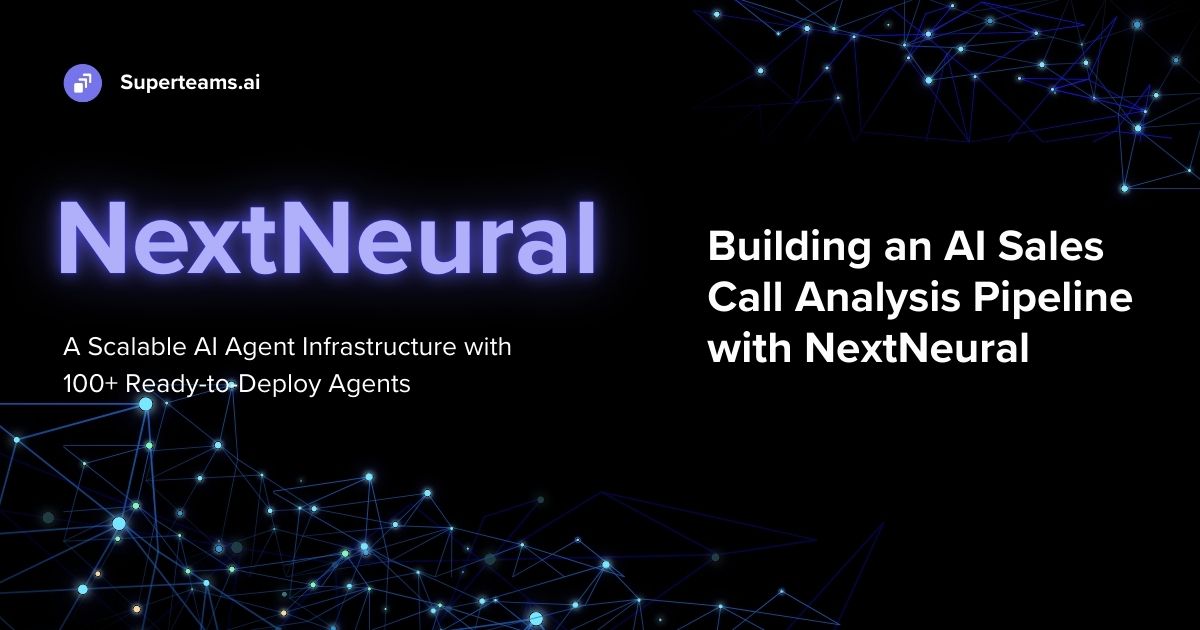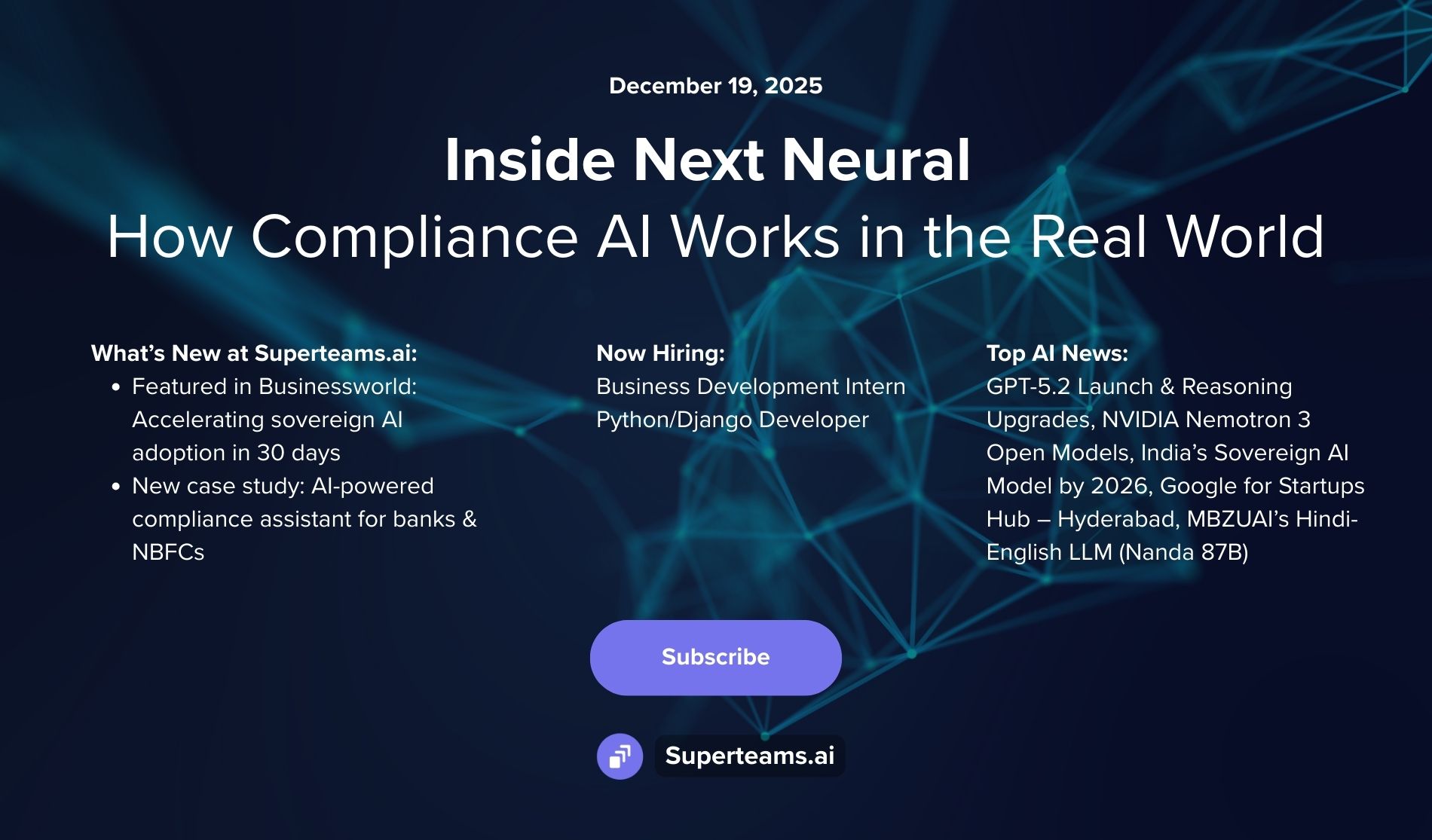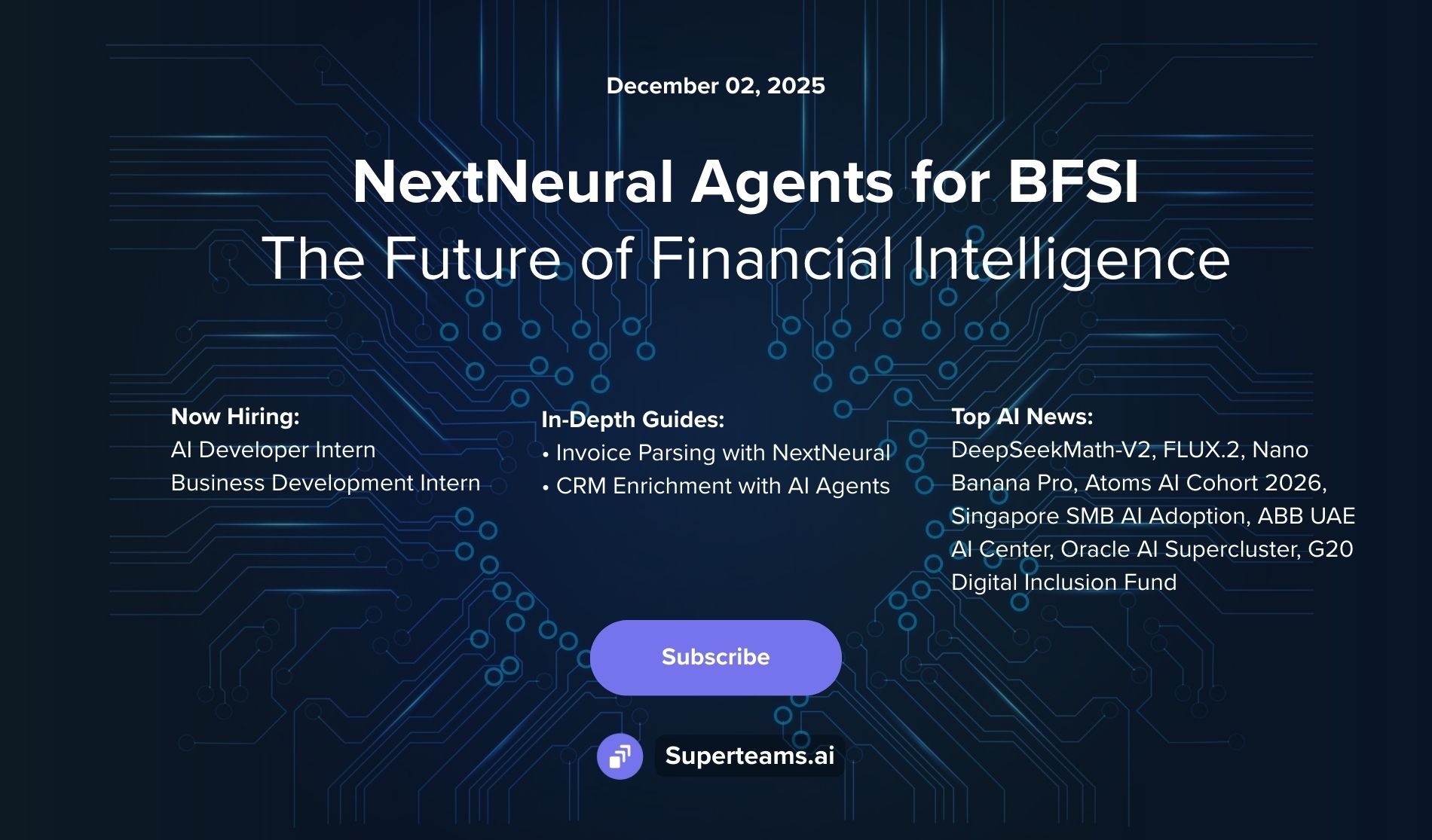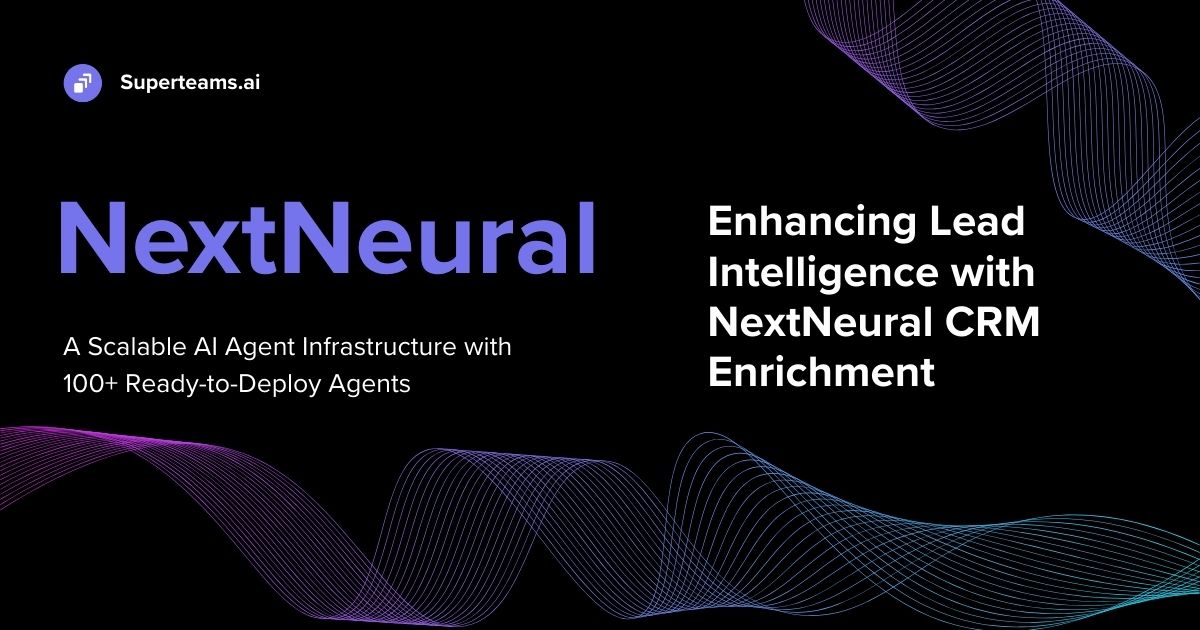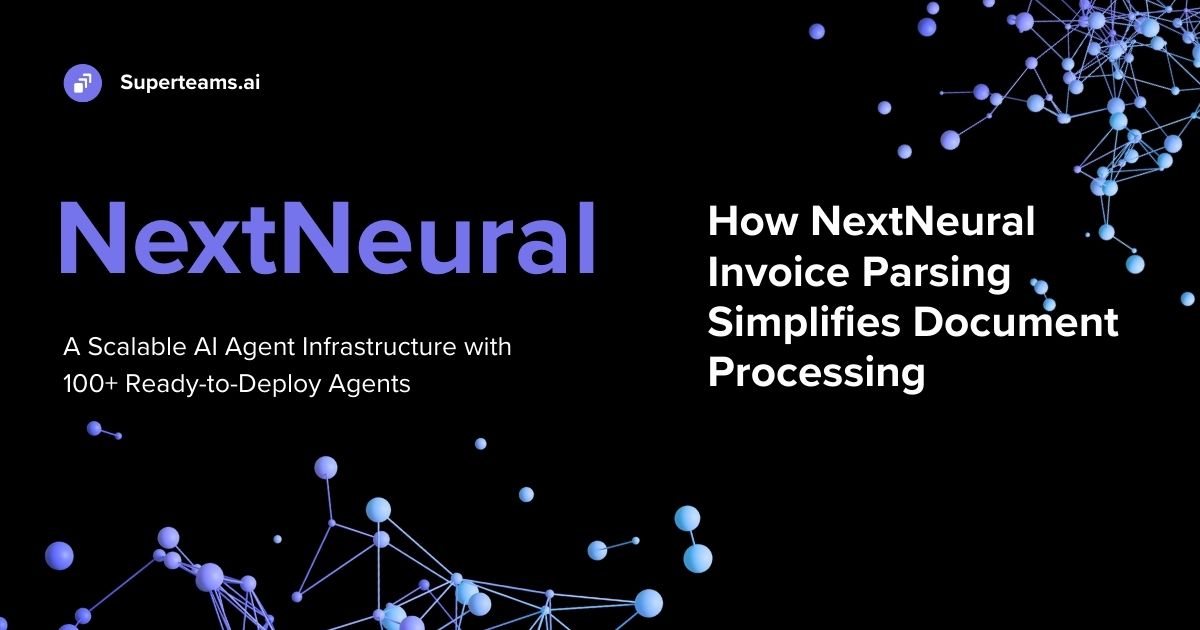Building a Robust Content Strategy for Hyperscalers
By tailoring the content strategy to the unique needs and objectives of hyperscalers, you can enhance your presence and achieve the goals in the digital realm.
Introduction
Hyperscalers, with their vast infrastructure and ability to rapidly scale, have become pivotal players in the digital landscape. However, in order to maximize their impact and effectively engage with their target audience, hyperscale's must develop a well-defined content strategy. This article explores key steps and considerations for building a content strategy specifically tailored to the unique needs and objectives of hyperscalers. In a case study by IBM https://www.ibm.com/downloads/cas/LYZX6JB5 cloud-native strategies have sparked a talent war for hyperscale services. With new architectures, applications, and tools from top cloud providers like Azure, AWS, and Google Cloud, service providers can now boost their customers' skills. The acquisition frenzy that started in late 2020 is still going strong in 2021, as the demand for service providers' support is expected to surpass supply by mid-2021. It's an exciting time in the cloud industry!
Understand Your Target Audience
When crafting a content strategy for hyperscalers, the initial key is to truly get to know your target audience inside out. Dive deep into their needs, challenges, and dreams. Hyperscalers serve a wide range of clients, from big enterprises to small businesses and developers. So, dig into market research, keep an eye on industry trends, and connect with your audience through surveys, interviews, and social listening tools to gather those golden nuggets of insight. Armed with this understanding, you can create content that truly hits the mark and makes a meaningful impact. Let's get started!
Define Clear Objectives
Align your content strategy with specific business objectives. Determine what you aim to achieve through your content efforts. Are you focused on generating leads, increasing brand awareness, educating customers, or establishing thought leadership? Clearly define key performance indicators (KPIs) that will help you measure the success of your content strategy. These objectives will serve as the guiding framework for content creation and distribution.
Create Compelling and Educational Content
To establish themselves as industry leaders and trusted sources of knowledge, hyperscalers must devise a robust content strategy. Begin by creating a content calendar that encompasses various formats, including blog posts, whitepapers, case studies, videos, infographics, and webinars. Ensure that your content provides valuable insights, addresses common pain points, and educates your audience on cutting-edge technologies, best practices, and industry trends. Strive for a harmonious blend of technical depth and accessibility, catering to both tech-savvy individuals and those less familiar with the intricacies. By positioning yourself as the primary destination for valuable information in the realm of hyperscaling, you can effectively establish your authority and credibility.
Leverage Thought Leadership
Establishing a robust thought leadership position holds immense significance for hyperscalers. Foster a culture where subject matter experts within your organization are encouraged to showcase their insights and expertise through thought leadership articles, speaking engagements, and active participation in industry events. This strategy elevates your company's reputation as a trusted authority, strengthening your brand positioning. Additionally, capitalize on partnerships and collaborations with influential industry figures and experts to extend your reach and bolster your credibility. By embracing thought leadership and nurturing valuable connections, you can carve out a unique and influential space in the hyperscaling realm.
Optimize for Search Engines
In the highly competitive hyperscale market, implementing search engine optimization (SEO) is crucial for effectively reaching your desired audience. Start by conducting thorough keyword research to uncover relevant terms and phrases used by your target audience. Skillfully integrate these keywords throughout your content, including titles, headings, meta descriptions, and alt tags. It's important to focus on generating top-notch, unique content that aligns with search intent and offers comprehensive answers to users' queries. By employing these strategies, you can maximize the visibility and impact of your content in search engine results.
Distribution and Promotion
When it comes to sharing your valuable content, it's not just about creating it. You need to get it in front of your target audience too! Start by figuring out where your audience hangs out - it could be industry-specific publications, social media platforms, forums, or developer communities. Then, use email marketing, social media ads, and team up with influencers to spread the word even further. And remember, don't just post and disappear! Engage with your audience by replying to comments, answering questions, and appreciating feedback. Building a community around your content is key. With these strategies, you'll make sure your valuable content reaches and resonates with the right people.
Measure, Analyze, and Iterate
Regularly assess the performance of your content strategy using applicable criteria and KPIs. Track website business, engagement criteria, supereminent generation, conversion rates, and social media analytics. dissect the data to gain perceptivity into what content performs well and resonates with your followership. Use this perceptivity to upgrade and reiterate your content strategy, making data-driven opinions that drive nonstop enhancement.
Conclusion
Building an effective content strategy for hyperscalers requires a deep understanding of the target audience, clear objectives, compelling content creation, thought leadership positioning, search engine optimization, strategic distribution, and continuous analysis. By implementing these steps and considering the unique needs of the hyperscale market, you can develop a robust content strategy that positions your organization as a trusted industry leader, fosters customer engagement, and drives business growth. At superteams.ai we have our experts who can help you design the content of your choice, just click https://www.superteams.ai/industry/cloud-computing to find out more.


